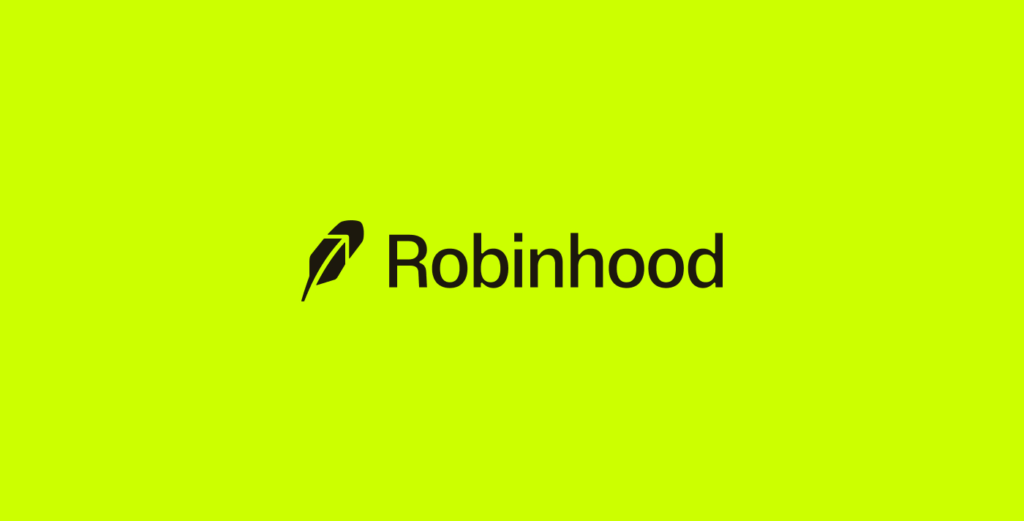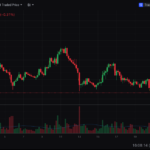For years, the stock market had clear hours: 9:30 a.m. to 4:00 p.m. EST. But Robinhood is rewriting the rules — offering 24-hour trading on select stocks and ETFs, five days a week. The question is: does this innovation serve traders, or is it just marketing?
📌 What Is 24-Hour Trading on Robinhood?
In 2023, Robinhood launched Robinhood 24-Hour Market, allowing users to place trades on certain assets any time between Sunday 8 p.m. and Friday 8 p.m. (EST). This mirrors the crypto market’s 24/7 nature and reflects growing demand for flexibility.
Assets include:
- Large-cap stocks (Apple, Tesla, Amazon)
- Popular ETFs (SPY, QQQ)
- Limited order types (limit orders only)
✅ Pros for Retail Traders
- More flexibility
Perfect for users in different time zones or with day jobs. - Reacting to overnight news
Trade earnings reports, geopolitical shocks, or Fed speeches immediately. - Crypto-style culture
The next generation of traders expects round-the-clock access.
⚠️ The Risks and Hidden Costs
- Lower liquidity
Spreads can widen dramatically at 3 a.m. — increasing slippage and risk. - No real-time market depth
Traders fly blind without the volume or volatility data they’re used to. - No pre/post-market rules
Unlike NASDAQ’s official after-hours, this is a proprietary market — Robinhood controls the pipes. - Limited order types
Only limit orders are allowed, and not all stocks are supported.
📊 Is This a Game Changer?
Robinhood’s 24-hour trading is part innovation, part headline grabber. For swing traders and news-driven speculators, it’s a useful tool — but not without risks.
For serious traders:
- Understand when liquidity dries up
- Use tight limit orders
- Don’t chase price action during dead hours
👇 Bottom Line
Robinhood’s 24-hour market brings stock trading closer to crypto’s always-on culture. But 24/5 access doesn’t mean 24/5 opportunity.
Trade smart, or you’re just awake — not ahead.







